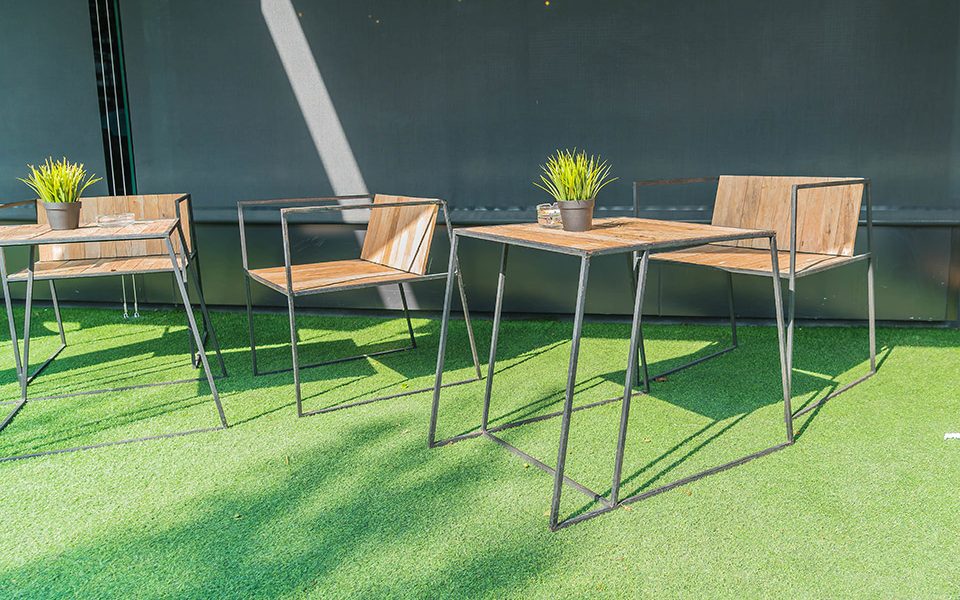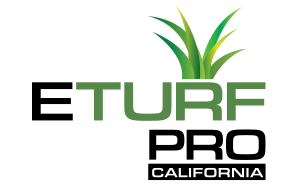5 Ways in Which Artificial Turf Saves Energy
Artificial turf is becoming popular because of its clear-cut benefits. Among its most significant advantages is its ability to save energy. Looking at your backyard turf, the idea of reducing your environmental impact may not immediately come to mind, but like many other things, often it does. Synthetic grass provides an excellent eco-friendly solution for anyone looking to reduce their carbon footprint.
The Significant Ways Synthetic Grass Helps Save Energy
Ornamental turf offers many energy-saving advantages, including the following:
1. It Doesn’t Require Watering
One of the main benefits of synthetic turf is that it doesn’t need watering, unlike natural grass, which requires frequent watering to keep it green and healthy. The Environmental Protection Agency estimates that about 30% of household water is devoted to outdoor use. Switching to synthetic grass can help conserve significant water and reduce water bills.
Besides saving water, artificial turf reduces the energy required to pump and transport water. Water treatment and pumping facilities need power, so reducing the amount used for outdoor watering reduces energy use.
2. Needs No Mowing
Artificial turf is an excellent alternative for those looking to have a beautiful lawn without the hassle of fertilizing and mowing. This environmentally friendly product eliminates the need for chemical treatments and gas-powered machines that harm the environment.
Thus, you can enjoy a beautiful outdoor space with minimal effort. Because the installation process is more straightforward, you will spend less energy maintaining synthetic grass while enhancing curb appeal.
3. It Doesn’t Need Pesticides or Fertilizers
Unlike natural grass, artificial turf doesn’t require fertilizers because it doesn’t grow. So, you need fewer chemicals overall, reducing runoff into neighboring water bodies. In addition, artificial turf systems drain more quickly than natural grass, so there is less runoff. Thus, it saves energy by reducing the energy required to produce and transport these chemicals.
Avoiding introducing potentially dangerous substances into the environment reduces pollution and helps protect local wildlife. Some people are concerned about turf’s environmental impact since it’s not natural vegetation.
While it doesn’t produce oxygen or act as a home for worms and bugs, you won’t have to sacrifice your existing plants for a lush lawn! Adding bushes, flowers, and trees will enhance your artificial turf perfectly. Also, no insects mean less work for you.
4. Reduces Urban Heat Island Effect
Due to the absorption and retention of heat by pavement and buildings, the heat island effect causes urban areas to be significantly warmer than their rural counterparts. Natural grass can help lessen the impact by absorbing and dispersing heat, but artificial grass can be even more effective.
Synthetic grass contains materials that reflect sunlight, reducing the heat the ground absorbs. It reduces the energy needed to cool homes and buildings in urban areas. A Berkeley National Laboratory study reveals that artificial grass can help reduce surface temperature by 35⁰F.
5. It’s Eco-friendly and Durable
Ornamental turf is ideal for homes and businesses due to its low maintenance, durability, and eco-friendliness. It can last up to 20 years with proper care without significant repairs or replacement.
Artificial turf is easy to maintain, with little water and occasional brushing, since it doesn’t require pesticides, fertilizers, or mowing like natural grass. It’s made with components that help it maintain its soft texture in the rain and vibrant color in sunlight. And with proper installation, insect damage or wear and tear are not a concern.
All these features make it a perfect environmentally friendly product that looks great while conserving energy and resources.
Types of Artificial Turf for Energy Conservation
If you are looking to save energy around your home or business, the following artificial turfs can help you:
Nylon Artificial Turf
Nylon turf is a resilient and durable option for high-traffic areas like commercial landscapes, sports fields, and playgrounds. It’s a sturdy plastic fiber that can withstand heavy use and foot traffic. Also, it’s unlikely to develop tears or holes over time, so if you are looking for strength and stability, consider nylon grass.
Polyethylene Artificial Turf
Polyethylene has a natural feel and look that almost resembles natural grass, making it an ideal option for homeowners who desire the aesthetic of a well-kept lawn without maintenance. You won’t need a mower but remember to rake or brush it occasionally.
Polypropylene Artificial Turf
It’s the least expensive turf option and ideal for low-traffic areas like rooftops, patios, and balconies. Given its ease of installation and lightweight nature, many prefer using it for DIY projects. But it’s not less durable and more prone to damage. So, avoid using it in large applications.
Tips for Maintaining Your Artificial Grass
While synthetic grass is much easier to maintain than natural grass, you must take specific measures to ensure it looks great and serves you for the longest time.
Here are some maintenance tips for ornamental turf:
- Brush regularly: Use a stiff brush to keep the fibers erect and to avoid matting. It also ensures the infill is evenly distributed.
- Clean up stains and spills: Little water and a stiff brush should be enough to sort out any stubborn stains or dirt.
- Remove pet waste: Clear animal mess promptly to prevent staining and odors. If possible, rinse with water.
- Remove leaves: Use a rake or leaf blower to remove any leaves and trim back overhanging hedges or trees.
Conclusion
Artificial turf offers practical solutions to a well-kept natural lawn’s environmental and financial costs. It helps conserve water and other resources you would otherwise use for maintaining natural grass. By eliminating chemical runoff into surrounding water bodies and reducing water usage and energy consumption related to mowing and other lawn care activities, synthetic grass is a simple choice that supports a sustainable lifestyle while enjoying the comfort of your home.
So why not make the best decision for your yard and switch to artificial turf today?


